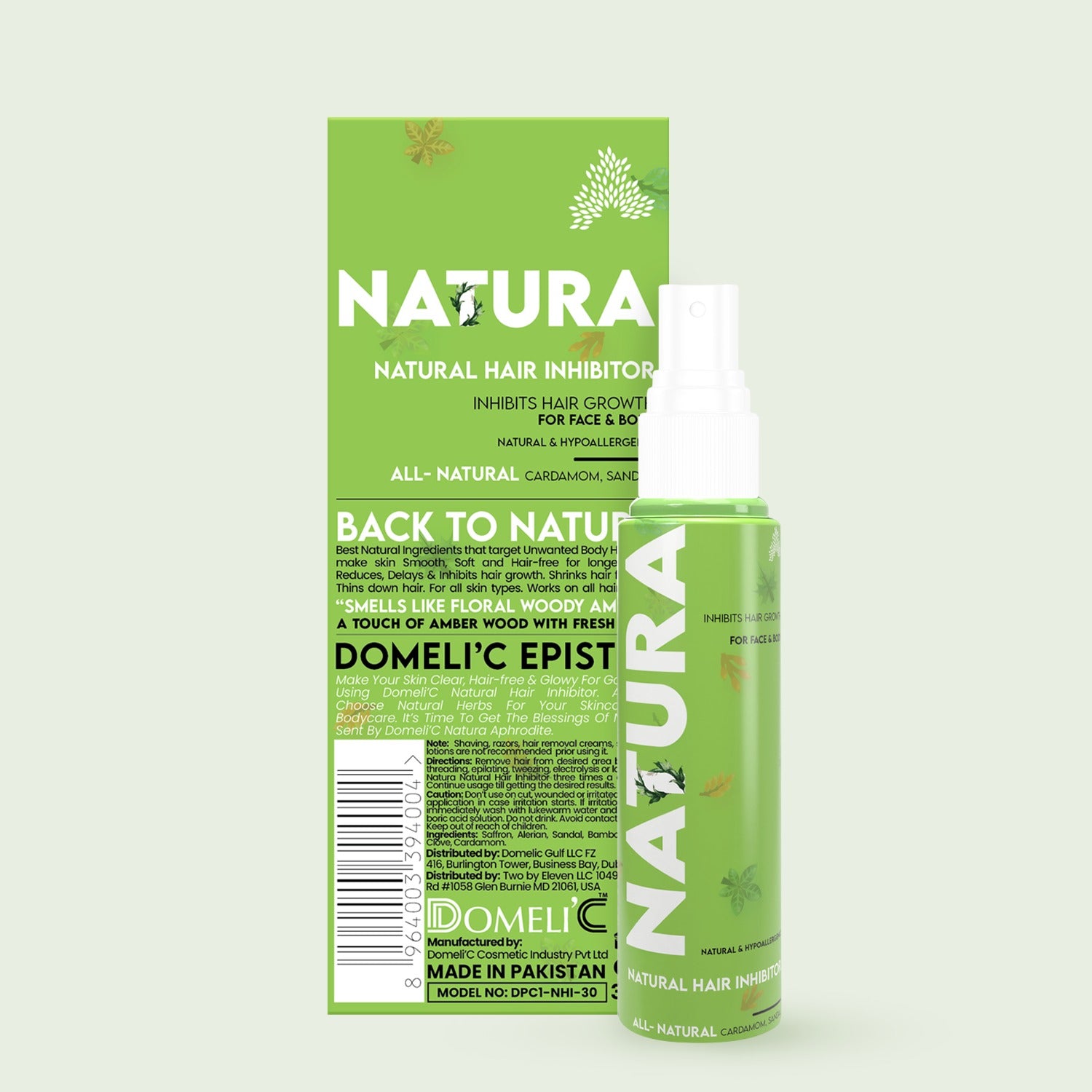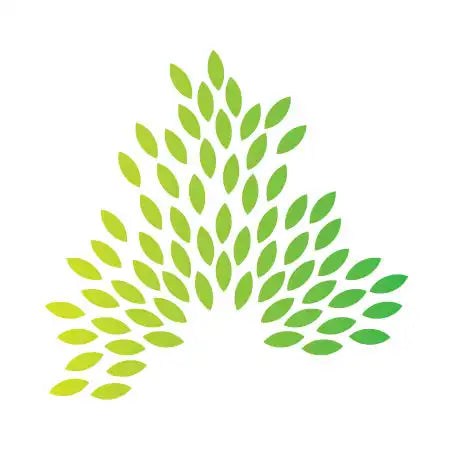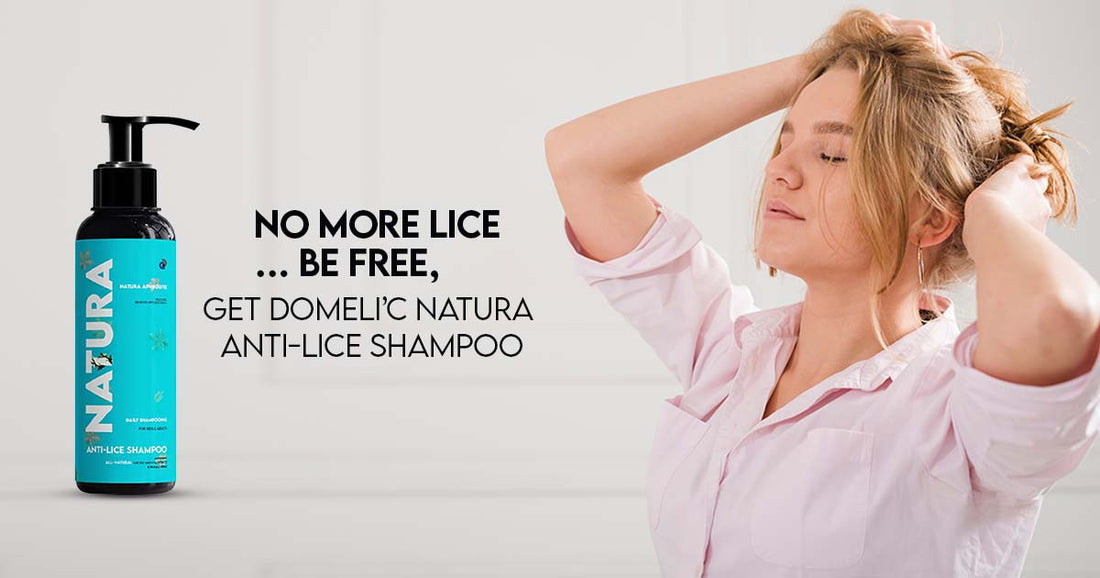Understanding Lice Treatment
Lice treatments are designed to eliminate lice effectively and their eggs from the hair and scalp, Common treatments include over-the-counter shampoos, prescription medications, and natural remedies, each with its unique formulation and application method.
The Impact on Hair and Scalp Health
Lice treatments, particularly chemical-based ones,can strip the hair of its natural oils, leading to dryness, brittleness, and potential damage. The scalp may also become dry or irritated, manifesting as itching or redness. These side effects highlight the importance of post-treatment care to restore the scalp and hair's natural balance and health.
Anti-Lice Shampoo in Pakistan
In Pakistan, as in many places, dealing with lice is a common concern, especially among school-aged children but also among adults. Finding an effective anti-lice shampoo is crucial for efficiently tackling this issue. When searching for the best anti-lice shampoo in Pakistan, consider the following factors to ensure safety and effectiveness:
Ingredients
Look for shampoos that contain safe, proven ingredients for lice removal. Common effective agents include:
Permethrin:
A synthetic chemical that acts as a neurotoxin for lice, often found in over-the-counter lice treatments.
Dimethicone:
A silicone-based ingredient that physically coats lice, effectively suffocating them without the use of harsh chemicals.
Essential Oils:
Some natural shampoos use essential oils like tea tree, eucalyptus, and neem, known for their lice-repellent properties.
Safety and Sensitivity
Select a shampoo that is gentle on the scalp, especially if you're treating children. Look for products labelled as suitable for sensitive skin, hypoallergenic, or free from harsh chemicals.
User Reviews and Recommendations
Research user reviews and seek recommendations from trusted sources, such as healthcare professionals or family and friends who have successfully dealt with lice. Personal experiences can provide valuable insights into a product's effectiveness.
Distinguishing Between Lice and Dandruff
Distinguishing between lice and dandruff is crucial for applying the correct treatment and achieving relief from itching and discomfort. Although both conditions can cause similar symptoms, such as an itchy scalp, they are fundamentally different and require distinct approaches to management.
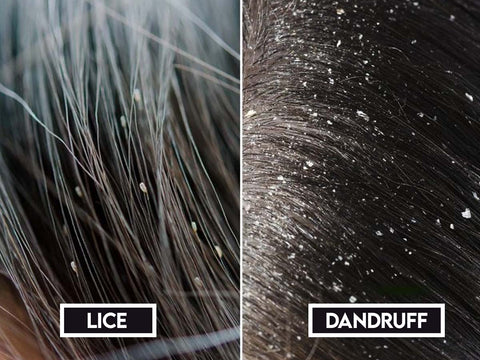
Lice or Dandruff: Know the Difference
Lice:
are tiny parasitic insects that inhabit the hair and scalp, feeding on small amounts of blood drawn from the scalp. The appearance of marks their presence:
Live lice:
Small, moving insects approximately the size of a sesame seed, often difficult to spot due to their speed and tendency to avoid light.
Nits (lice eggs):
Oval-shaped and tiny, nits are firmly attached to the hair and appear yellowish or white.
Dandruff, on the other hand, is a condition characterized by the flaking of the scalp's skin. Dandruff flakes are:
Looser:
They easily detach from the scalp and can be found on the hair and shoulders.
Larger and whiter:
Dandruff flakes are typically larger than nits and have a white or greyish colour.
Not accompanied by live insects:
Dandruff does not indicate an infestation.
Itching: Dandruff vs. Lice
Itching from Lice:
The itching associated with lice. It can vary in intensity from mild to severe and is usually more pronounced behind the ears and at the nape of the neck.
Itching from Dandruff:
Dandruff-related itching is generally milder and caused by irritation from the increased scalp flaking and possibly yeast overgrowth associated with seborrheic dermatitis.
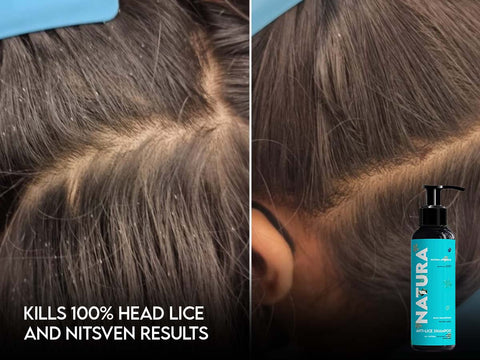
Addressing Persistent Symptoms
After Lice Treatment: Still Feeling Crawling?
Experiencing a sensation of crawling on the scalp after completing lice treatment can be distressing. This sensation doesn't always indicate the treatment's failure. It can sometimes be a psychological response or due to skin irritation caused by the treatment itself.
What to Do:
Re-examination:
Carefully inspect the scalp and hair for signs of live lice or viable nits. Use a fine-tooth nit comb and good lighting to aid the examination.
Time:
Allow some time for the skin to recover from the treatment. Skin irritation and sensitivity can persist for a few days post-treatment, leading to sensations that mimic crawling.
Soothing Treatments:
Use mild, soothing scalp treatments or natural oils like coconut or jojoba to alleviate irritation. These can provide relief and reduce the sensation of crawling.
Dry Scalp vs. Lice: Managing Dryness
A dry scalp can be a common aftermath of lice treatment due to the harsh chemicals often found in lice shampoos and treatments. It's important to differentiate between dry scalp and lice to avoid misdiagnosis and unnecessary treatments.
Managing Dry Scalp:
Hydration:
Replenish your scalp's moisture with hydrating shampoos and conditioners formulated for sensitive skin.
Scalp Treatments:
Apply natural oils or aloe vera to the scalp to soothe and moisturize. Massaging the scalp can also stimulate oil production and aid in healing.
Diet:
Incorporate foods rich in omega-3 fatty acids, such as salmon and walnuts, and stay hydrated to support skin and scalp health from within.
Conclusion
In Conclusion, for effective lice treatment, it's essential to emphasize that overcoming a lice infestation extends beyond the initial eradication. Proper hair care in the aftermath is crucial for restoring the health and vitality of your scalp and hair, which the infestation and the treatment process may have stressed. Lice treatments, while necessary, can be harsh on the scalp and hair, leading to dryness and potential irritation.
Frequently Asked Questions
Q1: Can I use regular shampoo immediately after lice treatment?
Ans: It's advisable to wait a few days before returning to your regular shampoo routine. Anti-lice treatments can leave the scalp sensitive.
Q2: Why do I still feel itchy even after successful lice treatment?
Ans: Post-treatment itching can result from a few factors, including scalp sensitivity to the treatment used, minor irritation from the dying lice, or even psychological effects.
Q3: How can I prevent lice from spreading to others?
Ans: Avoid sharing personal items like hats, brushes, and pillows. Educate family members, especially children, about the importance of not having direct head-to-head contact with others.
Q4: How can I soothe my scalp after lice treatment?
Ans: To soothe a sensitive scalp post-treatment, use aloe vera gel or a hypoallergenic, fragrance-free moisturizer.
